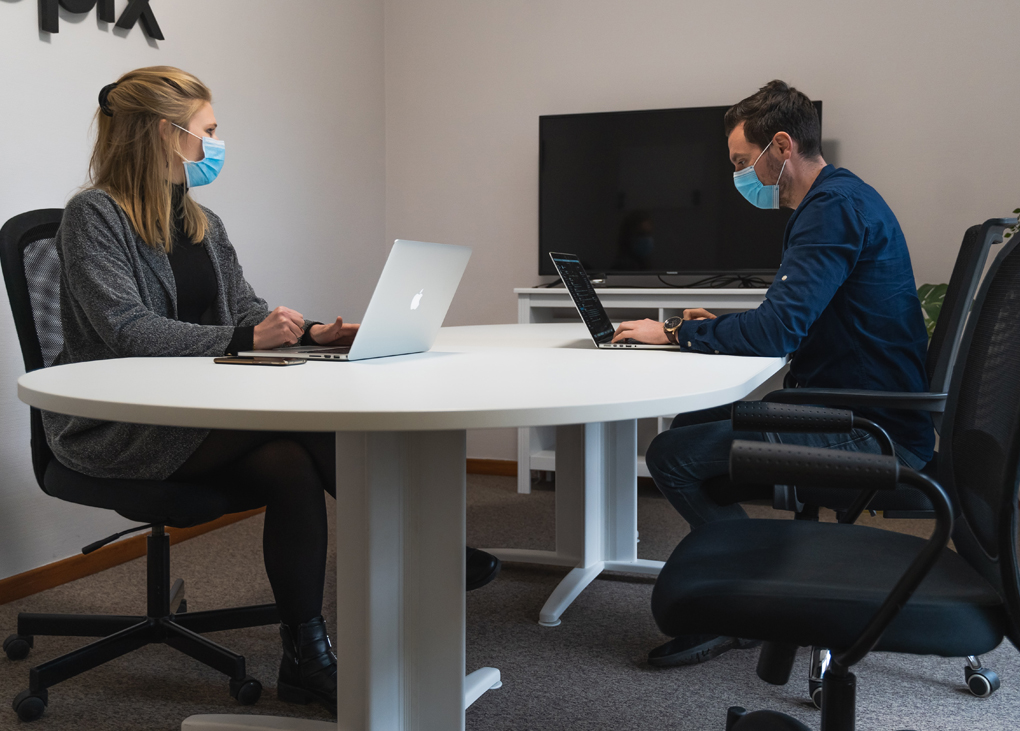A new COVID-19 fact sheet on improving ventilation in indoor workplaces has been developed by Safe Work Australia.
The fact sheet highlights practical steps to reduce the risk of exposure to COVID-19 and improve ventilation in indoor workplaces.
The advice covers three main points.
- Ensuring HVAC systems are operating properly. This includes checking that systems are maintained in accordance with the relevant national regulations to ensure ongoing building compliance.
- Taking steps to improve ventilation. This includes turning off or limiting air recirculation, opening doors and windows, checking exhaust fans, and ensuring that air currents from devices such as purifiers or air conditioning units do not blow air directly from one person to another.
- Other measures to limit the number of workers, such as staggered start and finish times and separate work areas.
Safe Work Australia also notes that the most effective ways to minimise the risk of COVID-19 infection at your workplace are to ensure workers do not attend work if they are unwell, to practice physical distancing, and to maintain good hygiene and environmental cleaning.
This last piece of advice is reflected in another guidance document recently released by the Australian Department of Health.
The document, titled “Minimising the risk of infectious respiratory disease transmission in the context of COVID-19: the hierarchy of controls” provides an outline of strategies and principles to prevent the transmission of COVID-19. Although the focus is on health and residential care, it applies to many settings.
Within the five-level hierarchy, engineering controls that can isolate people from COVID-19 are at number three, below elimination and substitution of the hazard. The document provides advice on ensuring effective ventilation. This includes reviewing and optimising ventilation including air exchange rates, airflow and air filtration systems, temperature, and ambient humidity, as well as maintaining airflow direction away from staff workstations towards patient care areas where possible.
To read the Safe Work Australia fact sheet, click here. To read the Department of Health document, click here.
 Mark Vender
Mark Vender


Leave a Reply